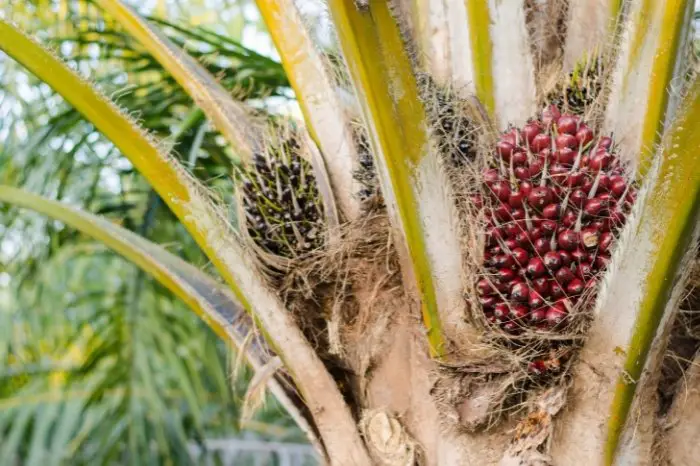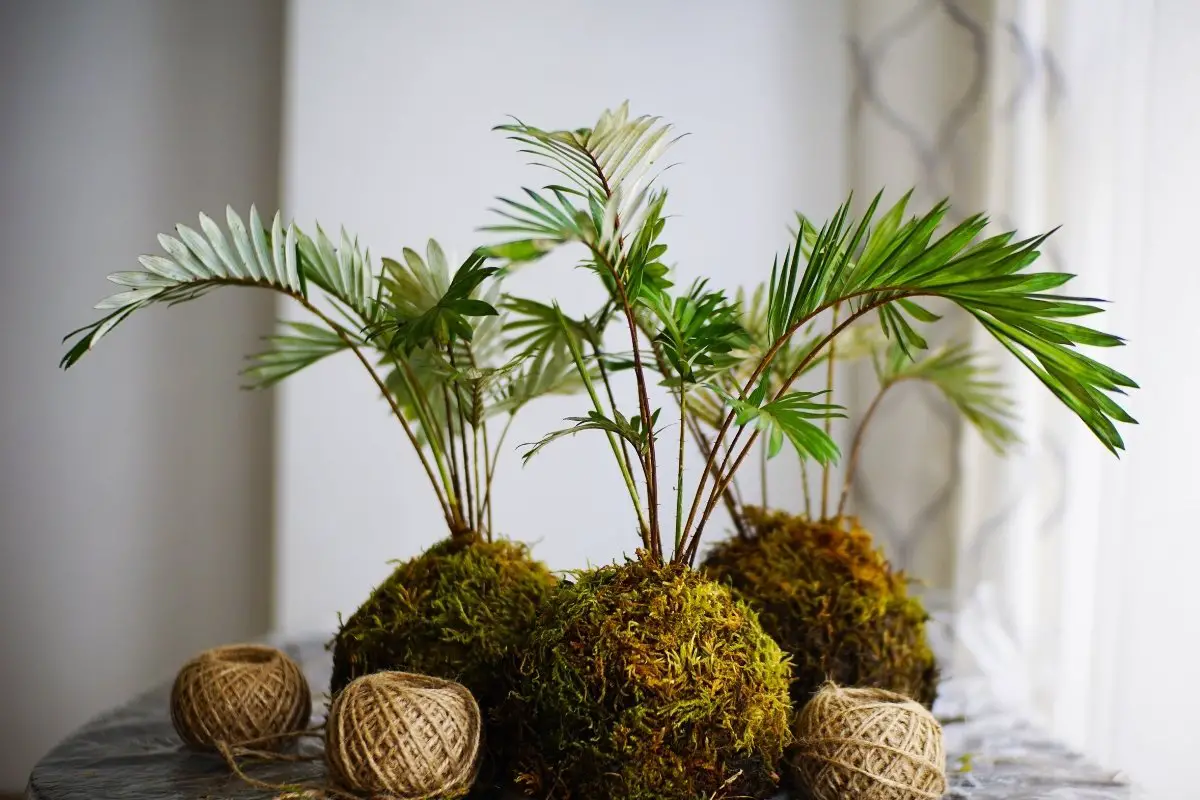Last Updated on July 25, 2022 by Cristina
If you are interested in learning about palm plant identification, it’s best you read this article and understand how to do it.
Palms are some of the most important plants in tropical and subtropical regions because they play a crucial role in the ecosystem. In general, they provide food and shelter for a wide variety of animals and insects as well as provide a source of wood, fiber, fuel, medicines, and so on.
In addition, palms can be used for various purposes such as building materials, fences, bridges, and even to produce furniture. There are more than 5,000 species of palms.
The first step in identifying palm plants is to look at their fruits, leaves, flowers, stems, and roots.
How To Carry Out Palm Plant Identification
Look At The Fruit
The fruit of a palm plant can be round, oval, or cylindrical. It can also be a combination of two or more of these shapes. However, you should note that the size of the fruit will vary from one palm species to another. For example, the fruit of Acrocomia aculeata is usually yellow-orange in color while that of Sabal palmetto is red. In general, palm fruits are juicy and soft but different in color, size, and shape.

Look At The Leaves
The leaves of a palm plant are usually green in color but some palm plants may have yellow or white leaves. The shape of the leaf is also variable. Some palms have leaves that are lanceolate, ovate, triangular, oblong, elliptic, or even heart-shaped. The leaf blade can also be narrow, broad, or even folded. Moreover, the leaves can be arranged in whorls or rosettes.
Look At The Flowers
Palms flowers can be grouped into two types: male and female. The male flowers usually appear on the top of the stem while the female flowers are usually found at the base of the stem. In general, the flowers of a palm plant are yellow, orange, red, white, or pink. The number of petals, number of stamens, and the size of the flower also vary depending on the species.
Read more about Pruning An Overgrown Aloe Plant
Look At The Stems
Palms stems are either unbranched or branched. The stems of some palms grow straight while others grow in spirals. The length and diameter of the stem will also vary from one palm species to another.
Look At The Roots
Some palms have thick, short, and brown roots while other palms have thin, long, and white roots. The size and shape of the root can also vary from one palm species to another.
DR EARTH INC 756P Exotic Dr. Earth Exoitc Blend Palm, Tropical & Hibiscus Fertilizer 4lb, Natural
Use An App For Plant Identification
If you don’t know which species of palm is yours, take a picture of the plant and upload it to Google Plant Finder. You will get information about your palm’s origin, its scientific name, common names, as well as pictures, plant parts, and more.
Read The Literature
Palm trees have been used in many cultures around the world for thousands of years. The literature of the palm tree will tell you about its origins, uses, and other information. For example, the literature of the Coconut palm (Cocos nucifera) states that it is a tropical evergreen with hard, brownish-grey, and warty bark. It is native to India, Sri Lanka, Southeast Asia, and Australia. It has a long history of use in many cultures for food, medicine, building materials, and more.
Click Here to Get Info About:
Why Is Palm Plant Identification Important?
There are over 400 genera of palms, and at least 6,000 species. There are trees, shrubs, and lianas (which are vines), and they are distributed throughout the tropics and subtropics.
The earliest written records of palms date back to Egypt, around 4000 BC. The Greeks and Romans were the first to recognize their usefulness, and the earliest scientific works on palms were written by Pliny the Elder in the 1st century AD.
Palm trees are used for a wide variety of human needs. There are some grown for fruits and use the bark to make medicines. Others are used for the leaves for thatch, and we use the fronds to weave canoes, baskets, and other items. Palm trees provide food for a large number of animals, as well as plants.
For this reason, it is important to do a palm plant identification to avoid growing the wrong palm or to grow the right palm for the right uses.
In Conclusion
Palm plant identification is easy just like any other plant. In this day of technology plant identification is easier because of the apps developed. These apps are compatible with smartphones making it easy to use them.
The best part is that these apps are free and can be downloaded from the play store for both android and ios systems. So next time you want to carry out palm plant identification or any type of plant identification, go ahead and use an app. It will be easy for you to identify any type of plant using an app.
FAQ’s
How can you tell the difference between a cat palm and a majesty palm?
You can tell the difference between these two plants by looking at their leaves and stems. The cat palm is clump-forming with soft fronds and little stems while the majesty palms have longer rigid fronds growing from several stems.
What plant looks like palm?
The Yucca plant looks like palm tree. It is a plant of the Agave family and grows on large woody stems or canes. It has clear trunks and thick blade lake leaves and are commonly confused with palms.
How do you identify an Areca Palm?
You can identify the Areca palm by looking at its leaves that are held upright in a way that they float above the plant. It has a fine-textured look with narrow leaflets arranged along the stems in a V shape.
Is a cat palm a good indoor plant?
The cat palm is a good choice for an indoor palm plant as it’s easy to care for. It only requires evenly moist soil with frequent fertilizing, moderate to high humidity, and bright light. It grows up to about 6 feet and has widespread making is a wonderful choice for large spaces. It is also an excellent air purifier for your indoor space.
Caroline is a gardener who loves to get down to the nitty–gritty of gardening. She proudly proclaims herself as a ‘dirt worshipper‘ and can often be found deep in the garden, covered in soil and singing to her plants. As a self–proclaimed ‘plant whisperer‘, Caroline believes that plants need love and attention just like any other living thing, and she loves to give them both. When she‘s not tending to her garden, you can often find her researching the latest gardening trends, or teaching others how to make their gardens thrive



